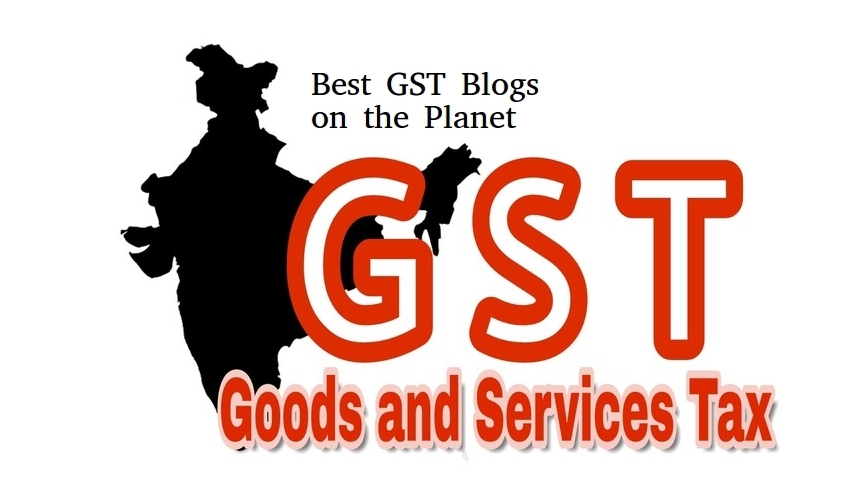On this, 00:00:00 hours of Saturday, 1 July 2017, India has made an ideal change under indirect taxation system since independence.
A new formula has been prepared in addition to many other operating models within the industry in the goods and services tax (GST), tax structure, events, calculations, tax credits and compliance.
As many as 160 countries worldwide have already implemented GST, India stands to support the international level supply chain standards in order to do business well. It is expected to boost the country’s GDP growth in the domestic market, thereby increasing the revenue. Since there is uninterrupted flow of supplies in states and credit without any interruption, therefore a normal market will be created, efficiency will increase and cost will be reduced.
India will adhere to a dual system of tax levy under GST, in which both tax and services will be taxed by the central and state. Since the concept of supply is important under GST law, it will replace many tax incidents under the current work for construction, services and sales. It enables an identical and single taxable event that brings a tax formula to a nation.
The technology has focal strength in GST implementation. Currently in India, under various taxation departments, technology is used in the public domain. However, under GST, it has become a collaborative system with the flow of information between business and business with a uninterrupted integration between the government and the business community.



